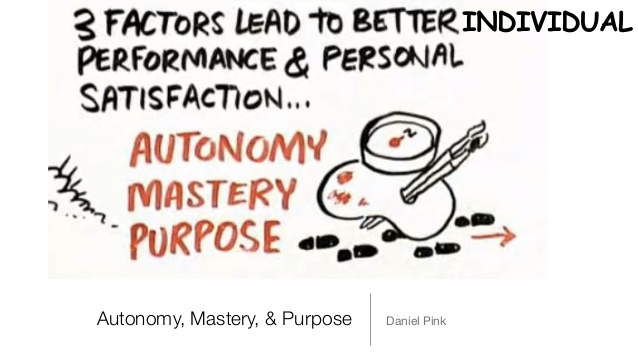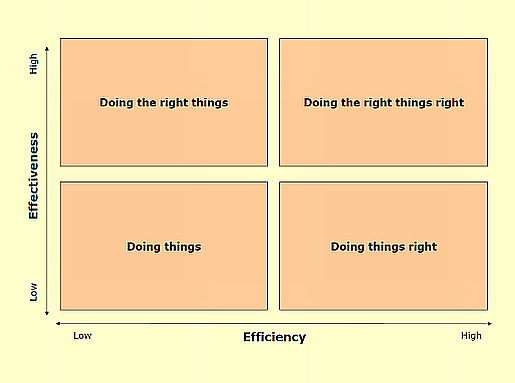 Photo Credit: Career Addict
Photo Credit: Career Addict
Business thought leader and writer Matt Monge is my go-to guy on company culture. The fact that he also struggles personally with depression tenders my heart to what he has to say. He is a straight-talker. Courageous, transparent, and caring. Monge knows toxic work cultures. He is consulted to help fix them, and through his writing he gives generous help to all who struggle to thrive in a culture that makes that a challenge. Take heart, those of you currently in troubled work cultures. Once you have identified what the murkiness is about, you can then act to clear it out…or, if necessary, you can clear out. You have options.
Below you will find Monge’s piece 7 Signs Your Culture Is In Trouble. Click on the link to go further into depth on what these mean.
- Your culture is in trouble if your CEO is a toxic leader. Matt Monge delineates this further in his article 10 Traits of Ego-driven Leaders. Employees and teams can experience huge shifts in their own thinking and behavior toward each other and customers, just in response to top-down influence. Beware of mission drift also.
- Your culture is in trouble if poor managers are allowed to remain poor managers indefinitely. This is sad for both the manager herself and the team under her. When a company is frantic with reacting to the demands of toxic leadership, the simplest processes of feedback, teaming, and development take a backseat. Everyone suffers.
- Your culture is in trouble if humanness and vulnerability are absent. In a troubled work culture, trust deteriorates. The bottom line is the driving force. Keeping one’s job and the perks of that job trumps everything else that might have once mattered in a work culture.
- Your culture is in trouble if accountability is misunderstood and only selectively applies. Healthy accountability is meant to be a two-way process. Leaders and subordinates are best-served when they have open communication and transparency is high. An employee is much more open to accountability when he sees that his leaders also submit to the accountability of others.
- Your culture is in trouble if people aren’t learning much. Opportunities for training and growth are signs of a healthy environment where employees clearly matter to the organization.
- Your culture is in trouble if teams and departments have ongoing problems performing their core functions. This is a glaring sign of trouble. When performance is off and morale matches it, a cry for help is being sounded. When personnel just don’t care, something has to be done to turn that around. What that something is and who is capable to doing it can be sorted out by both managers and employees. Punitive action is not the answer.
- Your culture is in trouble if executive team morale is low. This speaks to the ripple effect starting from a toxic CEO, through the organization and then back up the chain-of-command. Morale, as we know, has a huge impact on performance. When the executive team is struggling with low morale, reflecting that of the company, then it’s to the point that someone from the outside must come in to help correct course. This takes enormous vulnerability on the part of the executive team.
Having come through a cancer diagnosis, my experience is that it’s better to know what’s going on than to remain in the dark…or that murkiness of knowing something is wrong but you’re not sure what.
Once we identify what the struggle is with our work culture, we can begin to rectify our situation. Some things we may have little control over, but what we can change, we must. Photo Credit: Venture Lab, Pauline James
Photo Credit: Venture Lab, Pauline James
Business writer Joanna Zambas has given us examples that mirror Matt Monge’s list on company culture (see links below). One of her lists celebrates companies who have made culture a priority.
25 Unmistakable Signs of a Bad Company Culture – Joanna Zambas
20 Examples of Great Company Culture – Joanna Zambas
Southwest Airlines made Zambas’ list. It is my favorite domestic airline. Mainly because of its customer service. However, that customer service is rooted in a work culture that is very pro-employee.  Photo Credit: Business2Community
Photo Credit: Business2Community
I know that first-hand because of my contact, over many years, with one Southwest employee. Her kindness, demeanor, and consistent care at every touchpoint have demonstrated to me the very heart of this company. 
My hope for all of us is that we can work toward a company culture like this one…bottom-to-top if necessary. For you as company leaders, you may not see this or any such piece…but I hope you can be encouraged or re-energized to grow such a culture. The impact will nothing but positive…you know it somewhere in that leader heart of yours.
7 Signs Your Culture Is In Trouble – Matt Monge
YouTube Video – Matt Monge: Speaker, Writer, Leadership & Culture Expert, Depression Fighter
What Not to Do When You’re Trying to Motivate Your Team – Ron Carucci
Turnover Trouble: How a Great Company Culture Can Help You retain Your Best Employees – Emma Sturgis



 Photo Credit:
Photo Credit: 





